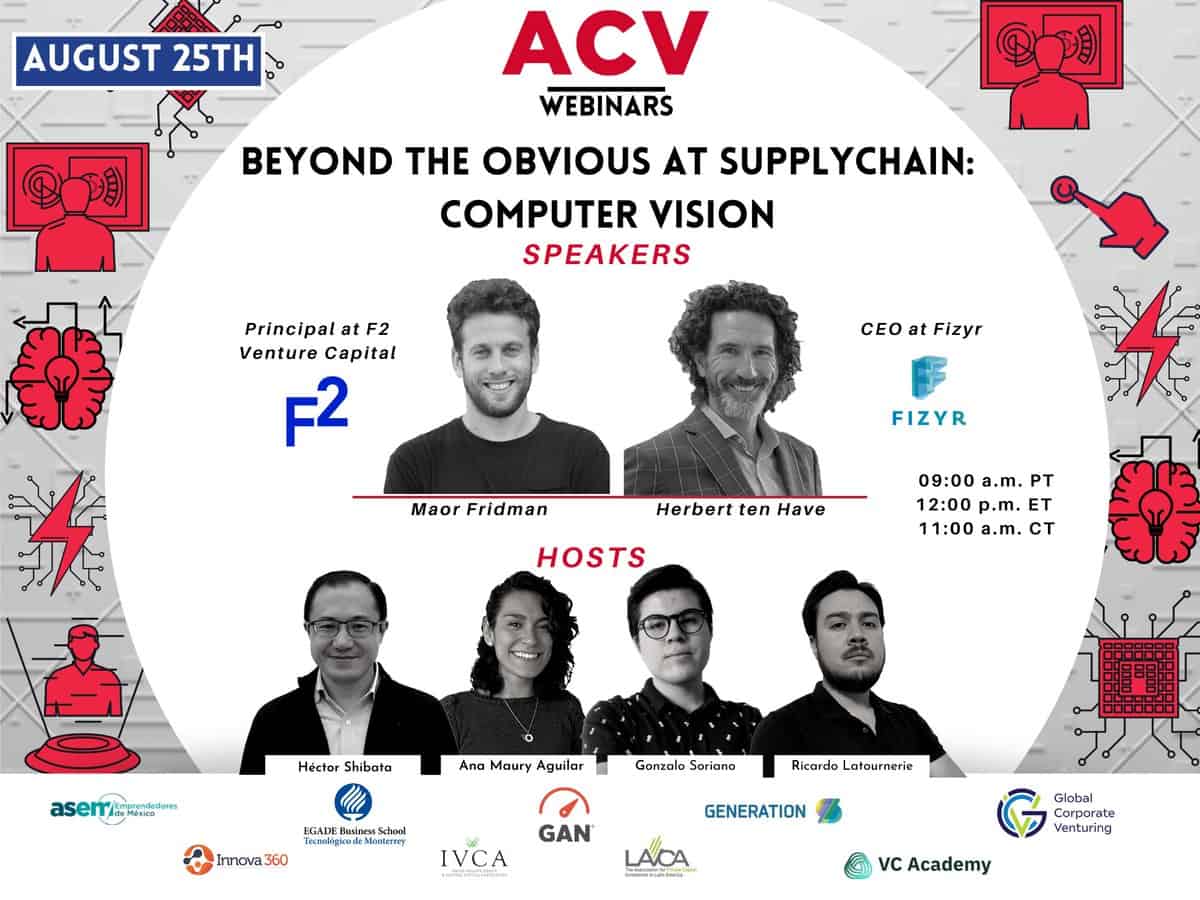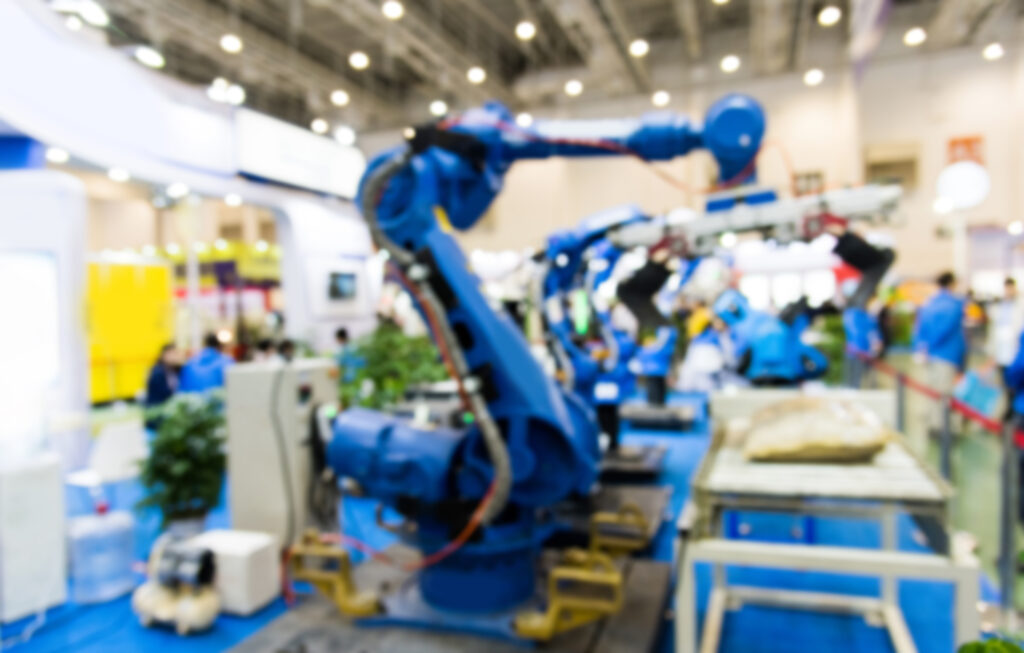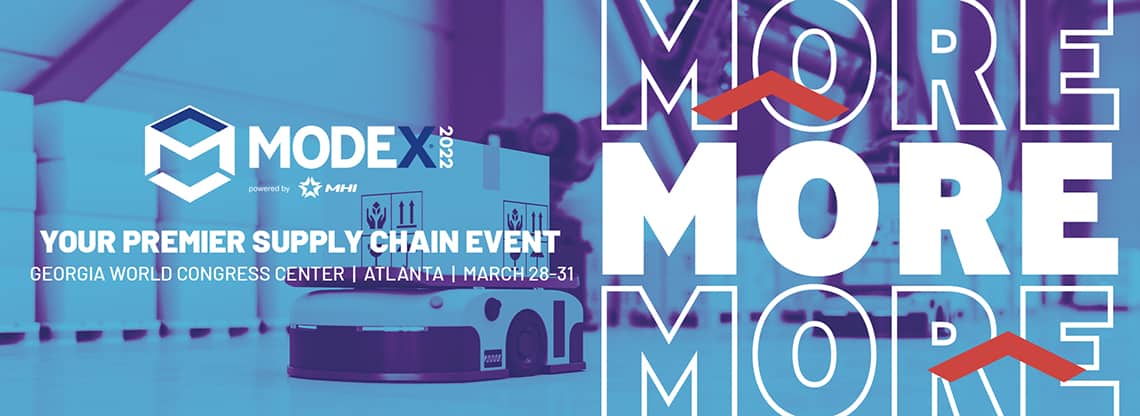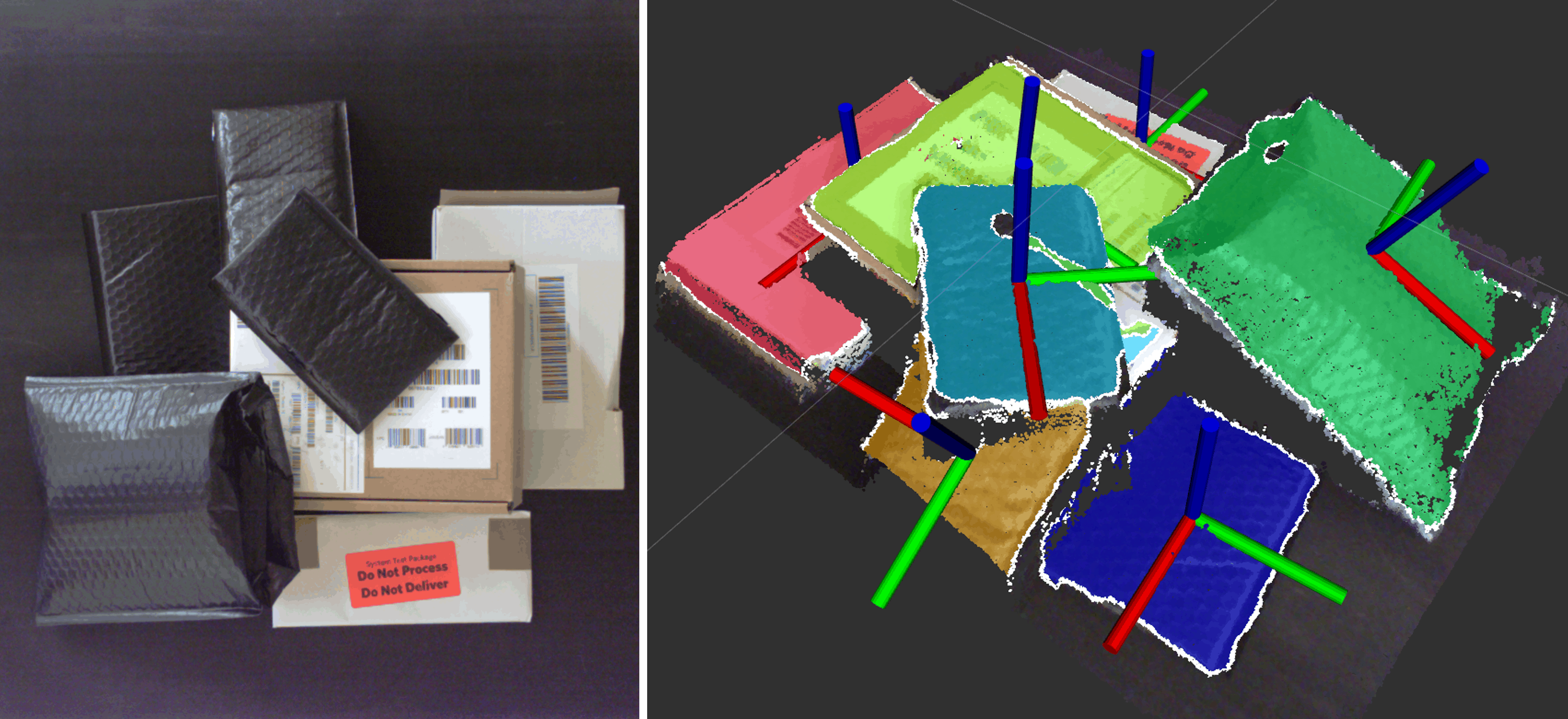Fizyr in ‘Beyond the Obvious at Supply Chain: Computer Vision’ webinar – Key Takeaways
This August, ACV, an international Corporate Venture Capital (CVC) fund investing globally in Startups & VC funds, collaborated with F2 Venture Capital and Fizyr to bring to life ‘Beyond the obvious at Supply Chain: Computer Vision’, a webinar focusing on the potential of computer vision technology enabled through deep learning, which is benefitting the supply chain industry.

During this webinar, Fizyr’s CEO Herbert ten Have shared his experience of his company’s technology evolving and shaping the industry with cutting-edge solutions. As he points out, computer vision has been prevalent in the market for quite some time. However, only recently we see an increased adoption of deep learning, let alone its application in the supply chain industry.
Adding to the whole picture, Maor Fridman, Principal at F2 Venture Capital, emphasized how the scope of vision technology is wide, untapped, and cannot be compared with human intelligence as of now. Both Maor and Herbert seemed to agree that there is still a long path to explore when it comes to vision technology, as well as improving the performance and accuracy of neural networks to solve complex problems.
“The more we tell the robot what we see, the more value we add in knowing the best possible grasp pose”, shared Herbert in an explanation of how much data it takes to train data vision structures. He also expressed how the essence lies in configuring the software with the limitations of the hardware components, such as grippers. Once the software is trained with millions of images, it can then pass on the instructions to the robot to fulfill a task properly. A step-by-step approach is required to ensure there is sufficient infrastructure to implement computer vision in any dynamic environment.
This webinar also touched upon the challenges a software technology start-up can face in the logistics industry, regarding achieving a product-market fit. According to the speakers, the primary step for any startup is to understand customers’ requirements and align their product accordingly, to deliver a complete solution. The next step is to scale up processes, employ a sales team and grow the company’s clientele. In order to achieve a scalable growth, companies must focus on having an investor as a partner, a guide and a coach to get acquainted with the industry and resolve challenges together.
In the last five years, there has been a surge of startups offering innumerable solutions in the market. Someone can therefore presume that end users would prefer to acquire specialized services in software and hardware solutions. Just as the growth of internet was unimaginable two decades ago, the computer vision technology is estimated to have a great impact in the coming years.
More about ACV
ACV is an international Corporate Venture Capital (CVC) fund investing globally in Startups & VC funds.
Visit their LinkedIn for more information.
- Hector Shibata Salazar, adjunct Professor at EGADE Business School and Director of Investments and Portfolio at AC Ventures Fund
- Ana Maury Aguilar, VC Investor at AC Ventures






